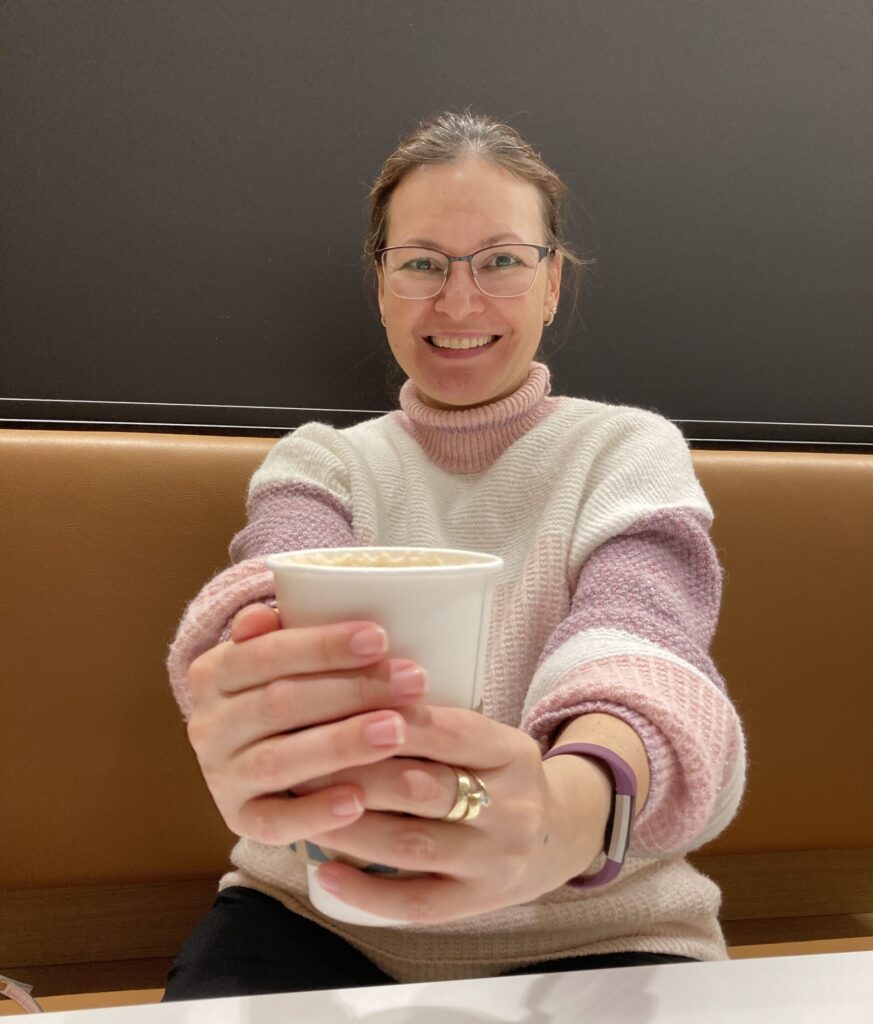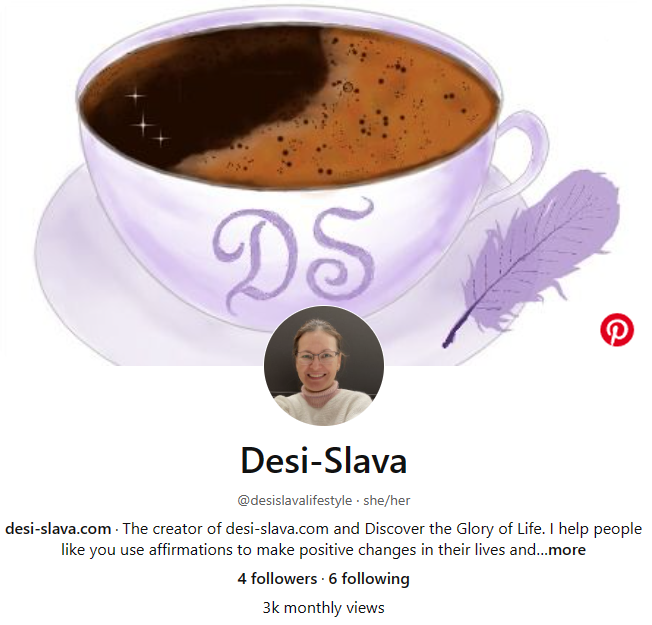Understanding Negative Emotions – Body, Mind, and Consciousness
Our negative emotions come from the body. Peace and harmony come from our consciousness.

The importance of our emotions
How do you feel right now? Are you happy? Do you worry about something? Are you afraid of something at this particular moment? Do you feel at peace?
If I ask you, “How do you feel right now?” you can relatively fast and easily describe your emotions. However, if I tweak the question to “Why do you feel this emotion right now?” you might not be able to answer immediately or even at all. And this is normal.
Research conducted by the famous American psychologist Dr. Paul Ekman shows that our body has its own “automatic appraising mechanisms” [1]. These systems frequently inspect the outer environment for stimuli that may affect our survival or well-being. If such possibilities exist, the body notifies us through our feelings.
For example, if you are cooking and suddenly the pan goes on fire, you might feel fear. Your heart rate might increase significantly. Your hands might start shaking. You might be sweating. Through the emotion of fear, your body indicates that the event is dangerous for you.
In contrast, if you wake up on your birthday and see your family with a huge bouquet and a beautifully wrapped gift, you most likely will feel joy, happiness, and love. Your heart rate might increase slightly. You might feel butterflies in your stomach. Your face might flush with excitement. In other words, your body will indicate that the event is pleasant and beneficial for your physical and mental health.
Another fascinating point explained by Dr. Ekman is that different people would react differently to the same event. Let’s say a couple walks in the park and meets a dog. One person might feel delighted, whereas the other one might feel anxious.
This leads to the question, what makes emotions positive or negative?
Primary vs. Secondary Emotions
Emotions are neither positive nor negative. These are simply the “messages” the body sends us based on its interpretation of a real, remembered, or imagined event. How we label these messages depends on our understanding, although most people would agree that fear is a negative emotion, whereas happiness is a positive one.
Another approach is to classify emotions as primary and secondary. Based on rigorous systematic research, the well-known neuroscientist Dr. Antonio Damasio teaches us that some emotions arise quickly, uncontrolled, and involuntarily [2]. These are the so-called primary emotions. These are often associated with our unconscious reaction to a specific trigger (physical, mental, or perceived). Moreover, these are linked to intense sensations and require immediate action.
Dr. Damasio also examines the emotions evoked by a cognitive evaluation of a circumstance. Cognitive evaluation is the conscious analysis of an event through thinking, assessing, measuring, expecting, etc.

Let’s go back to our example of the couple and the dog. The person, who is afraid of the dog, would most likely step back to increase the distance between themselves and the threat. This reaction is based on their primary emotions and the need to protect themselves. After a quick revaluation of the circumstances, the person could notice that the dog is on a leash and presents no danger. This could make the person relax and carry on with their walk. This is an example of a secondary emotion after the rational conclusion that no real danger is present.
Fear is the basis of all primary emotions
Undeniably, the strongest primary emotion is fear. In its most basic form, fear is the body’s warning message that it can die (i.e., our body will cease to exist). One of the best descriptions of this phenomenon (in my opinion) is Maslow’s hierarchy of needs [3].
According to Maslow, at the base of the pyramid of needs are physiological and safety requirements for food, water, and shelter. In other words, our key objective is to keep the body alive. As long as this objective is met, we can engage in activities that aim to fulfill our need for love, belonging, self-worth, etc.
But fear of death is not our only primary emotion, isn’t it? We also feel anxiety, guilt, blame, worry, and more. If we take a deeper look at each of these negative emotions, we can easily see that fear is always at the bottom.
For example, let’s say you are worried because you are running late from work and there is nothing to eat at home. Although you know you won’t die from hunger (cognitive response), your body fears otherwise (primary response): no food = no life.
Let’s say you are anxious because you might not have enough money to pay your mortgage next month. Although you know that you can come up with a plan (cognitive response), your body fears the worst (primary response): no money = no shelter = no life.
Let’s say you feel guilty because you ate a second piece of cake. Although you know that nothing bad happened (cognitive response), your body fears the opposite (primary response): guilt = punishment = possible death.
Got the idea?
Conclusions

From the above analysis, we can make two important conclusions:
(1) Our body’s fear of death results in many primary emotions, which we often label as negative emotions
(2) We overcome our body’s fear by analyzing the event and utilizing our knowledge and skills to solve the problem
I would also make a third conclusion: fear comes from the body, and the cognitive response comes from our consciousness. To function well, we need to find the balance between both. Trust your body to know when you are in danger, and trust your consciousness to find the best solution for your troubles.
References:
[1] Ekman, P., & Davidson, R. J. The nature of emotion: Fundamental question. New York: Oxford University Press. 1994.
[2] Damasio, A. R. Looking for Spinoza: Joy, sorrow and the feeling brain. New York: Harcourt. 2003.
[3] Maslow, A. H. A theory of human motivation. United States: BNPublishing. 2015.






